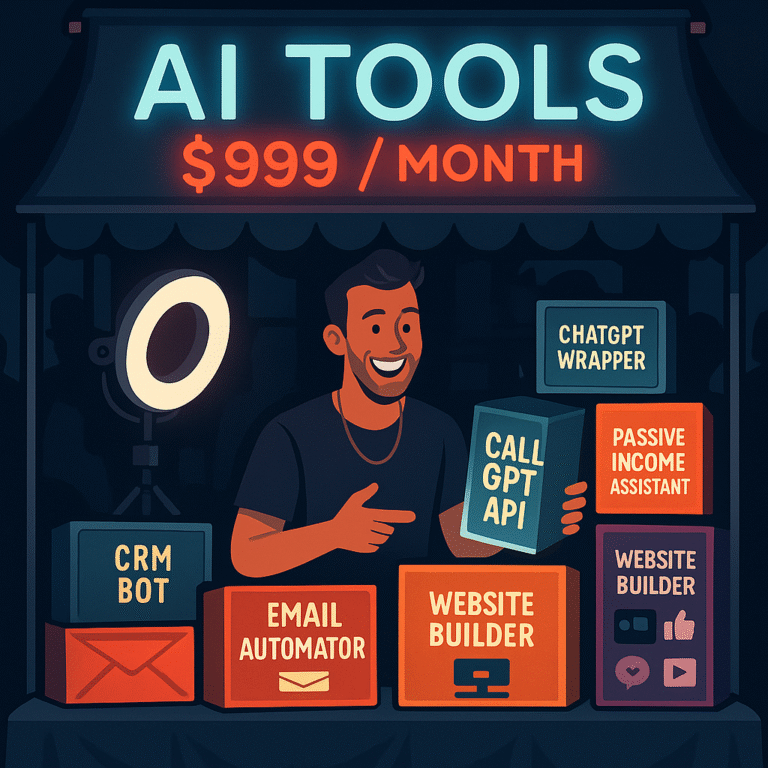(Hint: If You Found It on TikTok, It Probably Isn’t.)
There’s an entire sub-economy forming on TikTok and Instagram, built around selling $999/month “AI tools” that are nothing more than glorified Make.com flows with a GPT API call glued on. A bit of webhook sugar, a splash of Canva branding, and suddenly it’s being marketed as “enterprise AI automation for busy professionals.” Spoiler: it’s not. It’s usually something a half-decent dev could build in two hours for free, and it’s being peddled to people who don’t know better.
If you’re about to swipe your card for one of these, slow down. Let’s break it down.
Here’s how to spot a tool that’s all sizzle, no steak. If it just sends your text to ChatGPT and spits back an answer with slightly nicer formatting, that’s not a product. It’s a prompt. If it’s clearly built on Zapier or Make, and the workflow is “new email → call GPT → send response,” you’re paying a monthly fee to avoid dragging boxes in a UI. If the tool has no real logic – no dynamic context, no chaining, no validation, no fallback handling – then it’s just a wrapper, and you’re the sucker.
And if all the “testimonials” are from influencers with identical thumbnails and generic claims like “this tool changed my business,” walk away. You’re being sold on lifestyle, not functionality.
Now, what’s actually worth paying for?
If the tool saves you hours at real scale (hundreds of actions per day), sure. If it integrates tightly with your internal systems – not just Google Sheets and Notion, but your CRM, billing, inventory, whatever – then you’re buying infrastructure, not convenience. If it handles errors, supports multi-step chaining, or works in real-time with structured output? That’s leverage, not fluff. And if it lets your team do complex things without needing to know how to build prompts or manage APIs, then it’s adding real value.
Here’s the acid test. Ask yourself:
- Could I rebuild 80% of this in Make, n8n, or Google Sheets?
- Is the “AI” doing anything besides rewriting text?
- Would I even look at this tool twice if it didn’t say “powered by GPT”?
If the answer to any of those is “yes,” then you’re not buying tech. You’re paying for someone’s rent while they film content about how they “automated a car dealership and now make $40K/month in passive income.”
The AI hype machine is full of wrappers. You don’t need wrappers. You need results.
Spend your money like someone who understands how tools work. Not like someone hypnotized by a 30-second Reel with a Lambo in the background.

